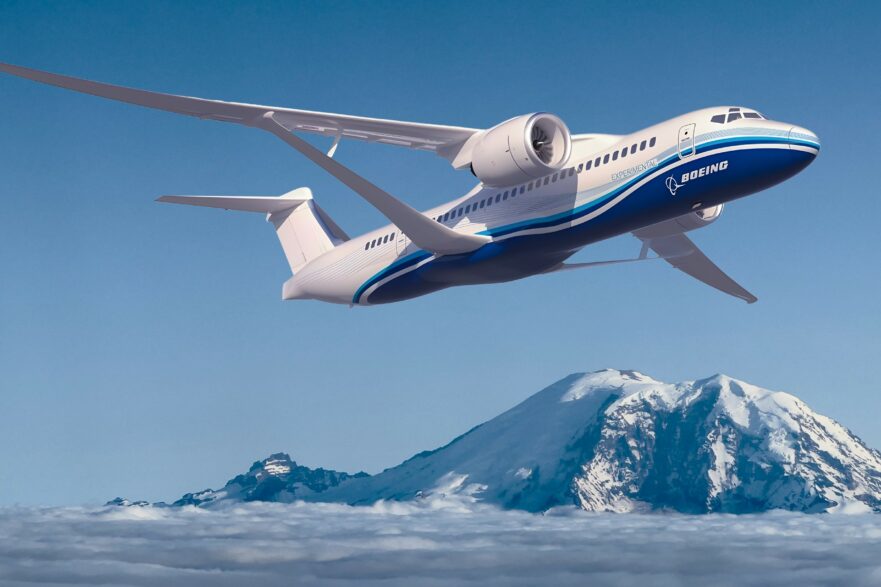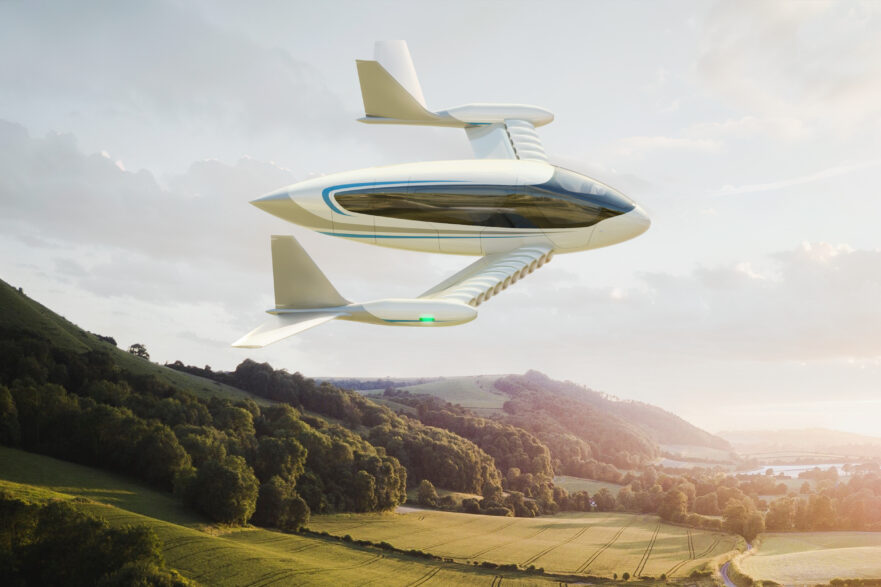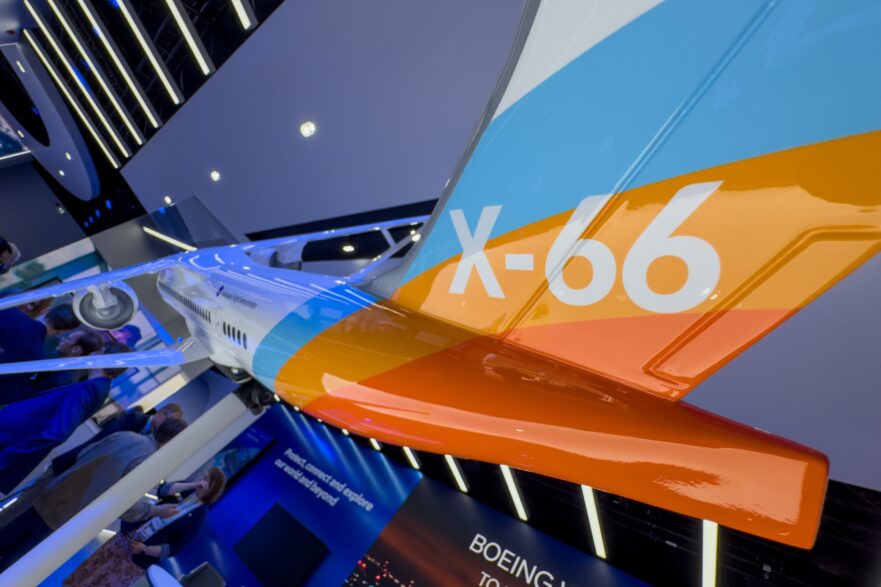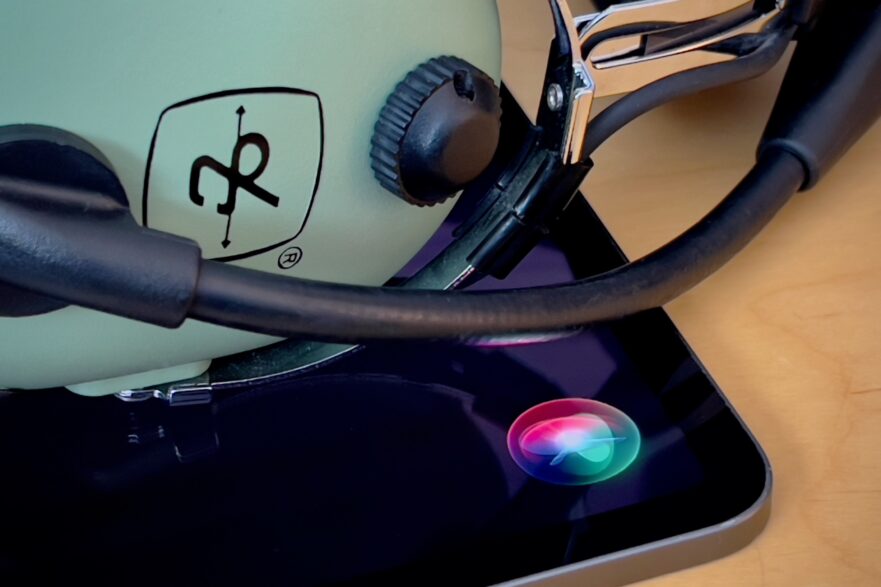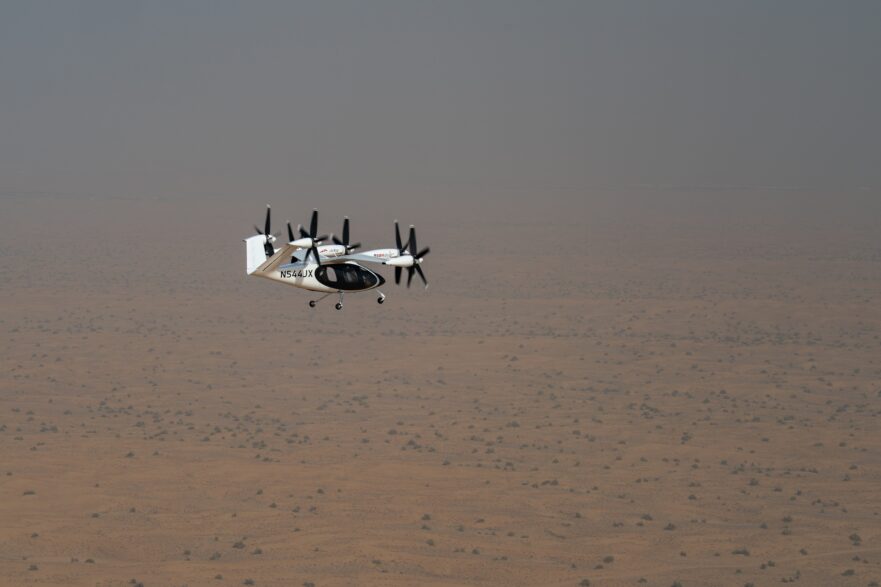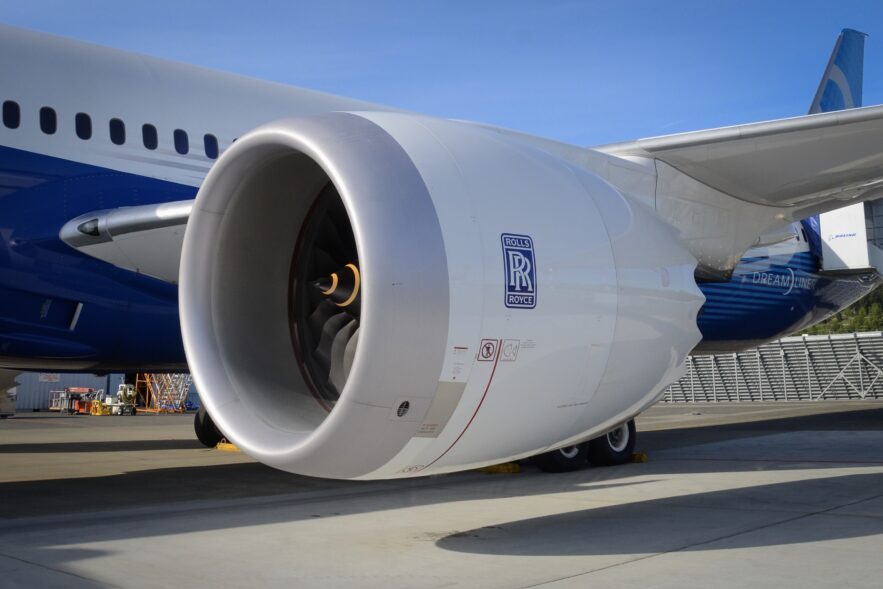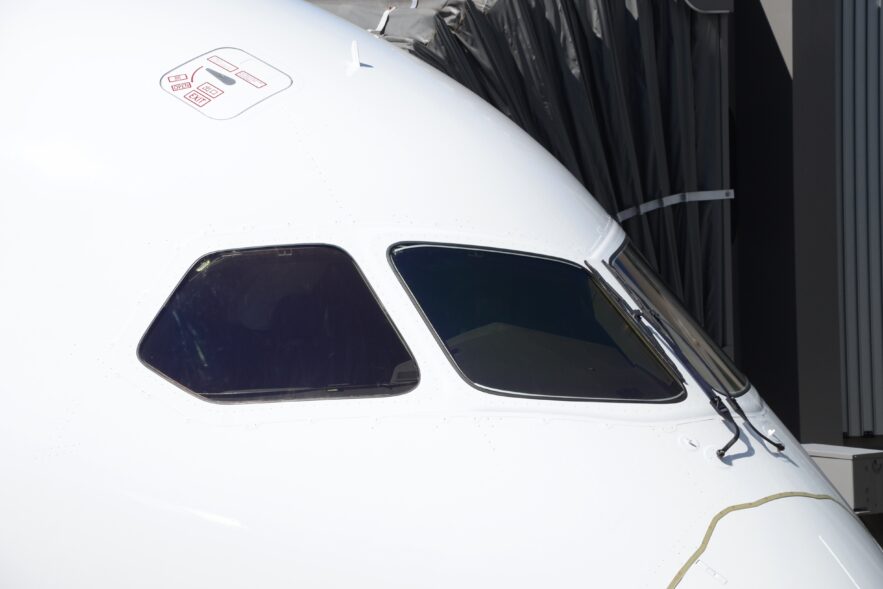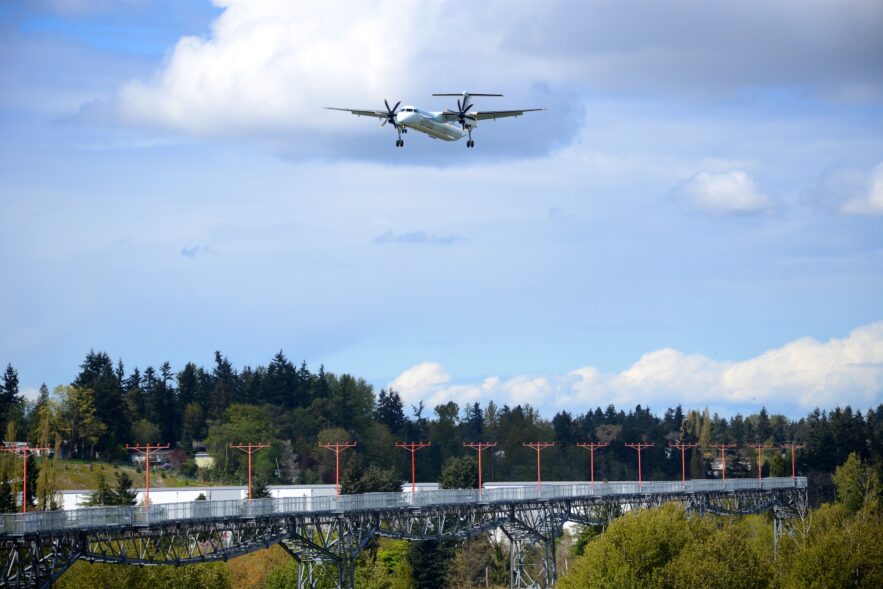Log-in here if you’re already a subscriber HEAR FROM THE AIR CURRENT Leave this field empty if you're human: Release...
Log-in here if you’re already a subscriber Release DateJune 12, 2023Boeing's Sustainable Flight Demonstrator with NASA is now the X-66APurchase...
Log-in here if you’re already a subscriber Release DateJune 11, 2023Whisper Jet Technology & Economics PackagePurchase a PDF of this...
Log-in here if you’re already a subscriber HEAR FROM THE AIR CURRENT Leave this field empty if you're human: Release...
Log-in here if you’re already a subscriber Release DateMay 11, 2023Goop, gulp and glow: Imagining the paths to a 1,000...
Log-in here if you’re already a subscriber Release DateMay 8, 2023AI speech recognition ventures into the cockpitPurchase a PDF of...
Log-in here if you’re already a subscriber HEAR FROM THE AIR CURRENT Leave this field empty if you're human: Release...
Log-in here if you’re already a subscriber HEAR FROM THE AIR CURRENT Leave this field empty if you're human: Release...
Sign up to receive updates on our latest scoops, insight and analysis on the business of flying. Renton, Wash. —...
2018 is the year Rolls-Royce would love to forget. Take it from the viewpoint of its customer Air New Zealand,...
Log-in here if you’re already a subscriber Release DateOctober 31, 2018The linchpin technology behind Boeing's 797Purchase a PDF of this...
As it prepares to fly a hybrid-electric demonstrator in 2024, De Havilland Aircraft of Canada says it’s all about designing an aircraft for a bad day.

